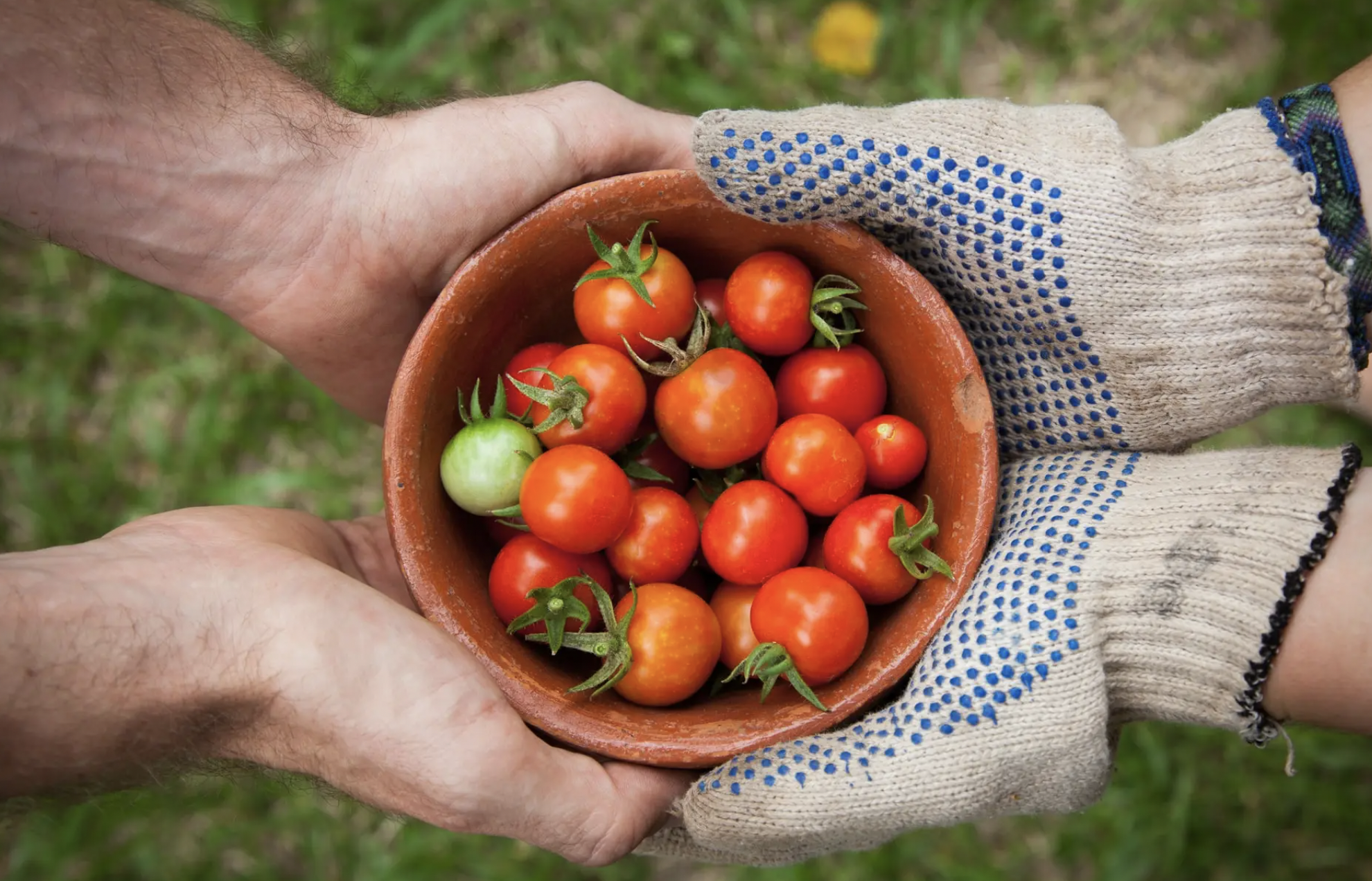Food security is a multifaceted topic. At first glance, it appears that Australia is highly food secure. Yet, when you look closer, it seems that individuals are still falling through the cracks in our seemingly affluent society as they may be at a financial disadvantage in their personal lives. Specific sectors of our community experience more food insecurity than others. Below are some facts about food insecurity and what we can do about them.
What is food security?
Food security means people can access safe food with their current resources and opportunities.
The World Food Summit, which took place in 1996, specified that food security meant that “all people, at all times, have physical and economic access to sufficient, safe and nutritious food to meet their dietary needs and food preferences for an active and healthy life.”
There are four aspects to food security:
- Availability: A dependable source of food from domestic or international origin. This includes placement of food outlets, whether food is available in stores, and the price, quality, and diversity of food stocked.
- Access: The financial and physical ability to obtain safe, culturally suitable, and healthy foods, including the capability to buy and transport food and the mobility to enable shopping for food.
- Utilisation: Having the resources needed to create nutritious and safe meals, including knowing what food to buy, how to cook it and eat it, how to share it within a household, having spaces for storage, prep, and cooking, and as time for these activities. Use of supplementary services such as hygiene and sanitation.
- Stability of supply: A stable supply of food, with the capacity to predict risks like natural disasters, price inflation, and conflicts, including economic factors, household circumstances, and insurance relating to climate change-generated disasters and crop wipeouts.
Our national statistics
Food is affordable and available in Australia, and we have the lowest rating of undernourishment worldwide. Australia is up there with the most food secure countries in the world, which may be related to us being a high-income nation, coming 12th in a list of per capita income. Most Australians can afford healthy food with the nutrients to sustain their bodies. Due to homegrown produce plus imports, a wealth of food is available, and many items can be sourced regardless of the season.
4 Quick facts about Australia’s food security
- We are 7th in the world for food affordability.
- We are 10th in the world for food availability.
- Australia produces a lot more food than it consumes.
- We are one of the most food-secure nations in the world.
- We are the equal-lowest in undernourishment in the world.
Food security during COVID-19
The apparent food “shortages” during the COVID-19 pandemic were mainly due to panic buying and stockpiling, with purchasing levels higher than usual. In reality, we are hardly in danger of a genuine food shortage, as 88.9% of our consumed food comprises domestic goods. Bottlenecks at ports related to logistics hub closures did hold up imports, but in Australia, we import only 11% of our food and beverages.
National versus individual food security
While national figures paint quite a rosy picture of our food security in Australia, for some sections of the community, things look a lot grimmer on a daily basis. It is difficult to put a number on individual food insecurity in Australia because it’s not measured that often. The latest data was taken way back in 2011/2013 by the Australian Health Survey, which determined that 4% of Australians experience food insecurity. Compare this with the 22% of Aboriginal and Torres Strait Islander Peoples in urban areas and 31% in remote areas being food insecure. Questions assessing food insecurity included “In the last 12 months, was there any time you have run out of food and not been able to purchase more”, and if yes, “have you, or members of your household, gone without food as a result?” 2% of all food insecure Australians had gone without food, while 7% of Aboriginal and Torres Strait Islander peoples living in urban areas and 21% living in remote areas had gone without food. It is thought that these numbers may even underestimate the amount of food insecurity that Australians are experiencing.
What can we do about food insecurity?
Food insecurity is often linked to economic hardship. Specific community sectors that experience financial challenges are more likely to also go through periods of food insecurity. Groups that are particularly vulnerable include:
- People on minimum wage
- Socially or geographically isolated people
- Aboriginal and Torres Strait Islander peoples
- Culturally and linguistically diverse groups
- Single-parent households
- Older people
- People experiencing homelessness
For those in these groups within society, food relief services such as those provided by Foodbank can make all the difference to their daily lives. In 2021, Foodbank provided enough food for more than 86.7 million meals. Foodbank is Australia’s most prominent food relief services provider, and its operations are vital to support front-line charities that feed food insecure Australians every day. Foodbank is responsible for giving 70% of rescued food to relief organisations across Australia.
National Food Institute partners with Gre8 and Make ‘n’ Bake to work alongside Foodbank Victoria to reduce food waste while training young people in baking and logistics. We are doing our bit to help reduce food waste and food insecurity nationwide.
Find out more here: https://www.makenbake.com.au/

